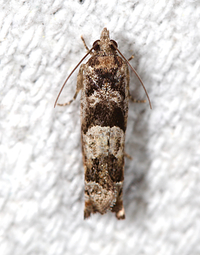
| Recorded by: Jim Petranka on 2025-04-09
Madison Co.
Comment: | 
| Recorded by: David George, Jeff Niznik on 2025-04-05
Chatham Co.
Comment: |
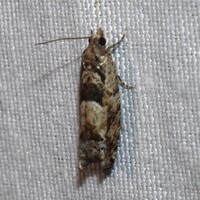
| Recorded by: David George, Jeff Niznik, Rich Teper on 2025-03-28
Chatham Co.
Comment: | 
| Recorded by: Simpson Eason on 2025-03-16
Durham Co.
Comment: |
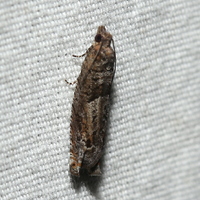
| Recorded by: David George, Steve Hall on 2025-03-15
Chatham Co.
Comment: | 
| Recorded by: B. Bockhahn on 2025-03-14
Carteret Co.
Comment: |
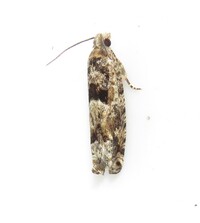
| Recorded by: B. Bockhahn on 2025-03-14
Carteret Co.
Comment: | 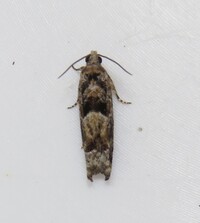
| Recorded by: B. Bockhahn on 2025-03-14
Carteret Co.
Comment: |

| Recorded by: Mark Shields on 2025-03-13
Onslow Co.
Comment: | 
| Recorded by: Mark Shields on 2025-03-13
Onslow Co.
Comment: |

| Recorded by: R. Newman on 2025-03-12
Carteret Co.
Comment: | 
| Recorded by: Lior S. Carlson, Dean Furbish on 2025-03-12
Orange Co.
Comment: |
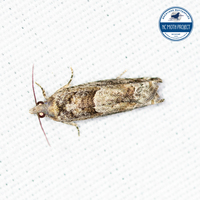
| Recorded by: Lior S. Carlson, Dean Furbish on 2025-03-11
Orange Co.
Comment: | 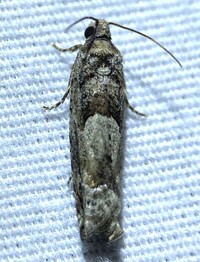
| Recorded by: Lior S. Carlson, Dean Furbish on 2025-03-11
Orange Co.
Comment: |
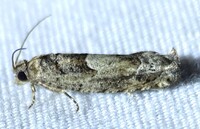
| Recorded by: Lior S. Carlson, Dean Furbish on 2025-03-11
Orange Co.
Comment: | 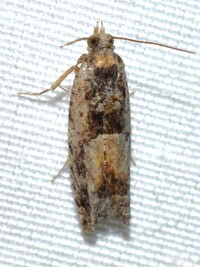
| Recorded by: Jeff Niznik, David George on 2024-04-10
Durham Co.
Comment: |
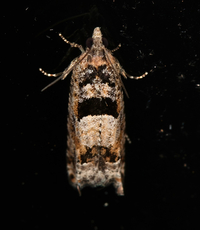
| Recorded by: Jim Petranka on 2024-04-02
Madison Co.
Comment: | 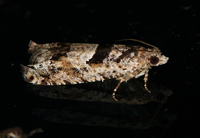
| Recorded by: Jim Petranka on 2024-04-02
Madison Co.
Comment: |

| Recorded by: David George, Jeff Niznik on 2024-04-01
Chatham Co.
Comment: | 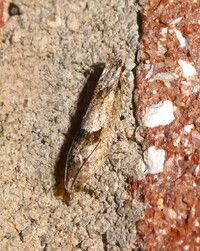
| Recorded by: Simpson Eason on 2024-03-27
Durham Co.
Comment: |
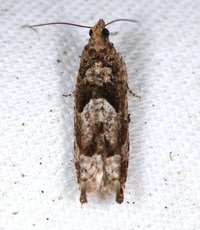
| Recorded by: Jim Petranka on 2024-03-27
Madison Co.
Comment: | 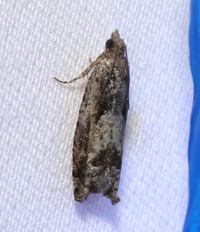
| Recorded by: David George on 2024-03-15
Durham Co.
Comment: |

| Recorded by: David George, Becky Watkins on 2024-03-14
Durham Co.
Comment: | 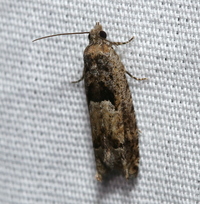
| Recorded by: David George, Becky Watkins on 2024-03-14
Durham Co.
Comment: |
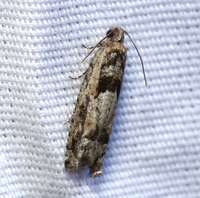
| Recorded by: David George on 2024-03-13
Durham Co.
Comment: | 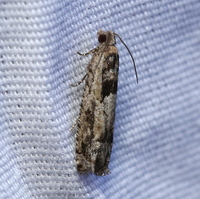
| Recorded by: David George on 2024-03-13
Durham Co.
Comment: |

| Recorded by: R. Newman on 2024-03-07
Carteret Co.
Comment: | 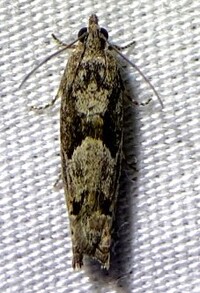
| Recorded by: Dean Furbish and Joy Wiggins on 2024-03-07
Wake Co.
Comment: |
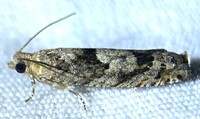
| Recorded by: Dean Furbish and Joy Wiggins on 2024-03-07
Wake Co.
Comment: | 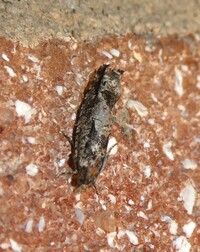
| Recorded by: Simpson Eason on 2024-03-04
Durham Co.
Comment: |
|

 »
»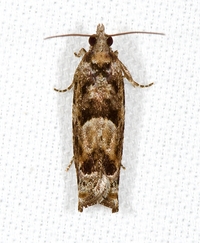

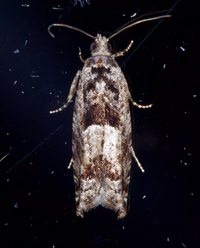
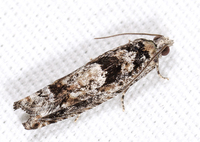

 »
»


